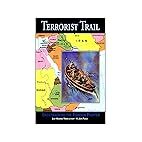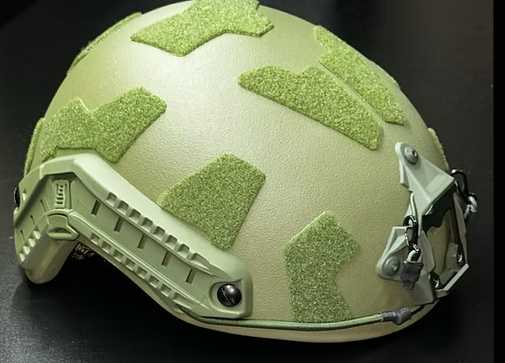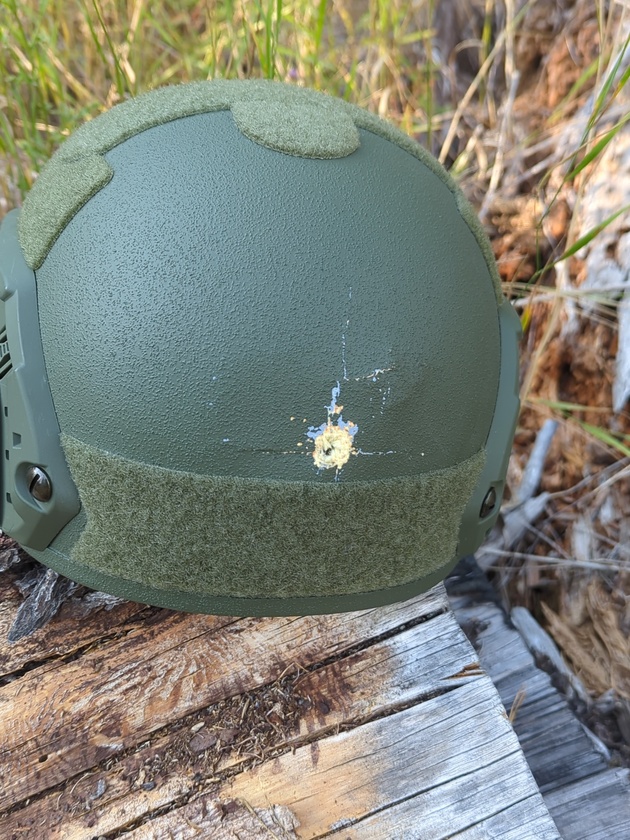In my continuing study of the works of H John Poole, I recently finished Homeland Siege and Tequila Junction. The two are really a set, because Homeland Siege discusses the flow of drugs into America and the impact of MS-13 and M-18 on the American Homeland, and the CHINESE influence behind it, while Tequila Junction covers China and Iran's influence on drug and human smuggling throughout South and Central America. China's goal in all this is destabilizing the US.
H John Poole is a prolific writer and former US Marine. His writing focuses on small unit tactics for military and police, and it's easy to extrapolate that out into tactical measures for our purposes as prepared citizens.
HOMELAND SIEGE
Amazon Affiliate Link: Homeland Siege
Part One states the source of the drug problems in America: CHINA. Poole begins by explaining how Triads operate and how the Triads are linked to the People's Liberation Army and thus the CCP. He then goes on to explain the drug trafficking routes and how they are protected by MS-13 and lesser-known M-18. Both of these immigrant gangs now function as sort of Private Military Companies offering escort and route security services for drug cartels, who are in turn supplied product (Fentanyl) by China.
A little-known fact exposed by Poole is the city of Mexicali, Mexico. This city is nearly completely Chinese and is a stop-over point for Chinese illegal immigration. The discovery of underground tunnels at the US borders (both northern and southern) would tend to indicate an Asian influence, since Asian armies have used them extensively (Japan, North Korea, China, and Vietnam). The fact that they are on BOTH the northern and southern borders confirms this. Hezbollah also is known to use them, and that confirms the Iranian influence as well.
Poole posits that the problem has far exceeded the ability of civilian police and federal law enforcement and that perhaps it's time to treat it as an insurgency and a foreign instability operation being conducted against us by the Chinese.
In Part 3, Poole gets to specific small unit tactics. He begins by studying the Mumbai terror attack and the use of a water escape route by the terrorists. He then takes a deep dive into the Lima, Peru hostage rescue at the Japanese Ambassor's Residence in 1996. In this case, the commandos used a swarm attack from tunnels to appear all over the building at once, crushing resistance before they could harm the hostages.
After that, Poole discusses a better doctrine with less collateral damage than what US military tactics are for assaulting a building. The Princes Gates SAS hostage rescue is used as another example.
Next, Poole gives an in-depth analysis of defensive operation by the Germans in WW1, the Russians in WW2, and the NVA in Vietnam. All involved a mobile defense by falling back to covered or underground routes before being decisively engaged. Very specific small unit tactics are covered (sorry, buy the book) that would be OUTSTANDING for a small civilian self-defense or local security unit to employ, rather than trying to copy typical "big army" US doctrine.
The book finishes with a discussion of China's takeover of Nepal. The study is chilling in it's parallels to things we are seeing today.
TEQUILA JUNCTION
Amazon Affiliate Link: Tequila Junction
Tequila Junction discusses the possibility of using fire-team sized elements to interdict drug and human trafficking. For our purposes, the same skill set would enable a small local security element to protect a large area from infiltration and lawlessness.
Part One lays out the problem - Areas south of the US Border are facing Marxist and Maoist movements that began as military revolts and are ending in election victories. As the Soviet Union died, Cuba needed a new sponsor. It was a small adjustment to switch from Marxism to Maoism. Cuba directs China's influence operations throughout Latin America. Iran also lends a hand. Hezbollah has a large presence in South and Central America.
Each chapter gives a brief history and country brief on every country in the region. The book is eye-opening and will have you looking up Hutchinson-Whampoa Ports to see what all China controls.
In the second part, Poole describes Latin America, with it's drug issues, as more similar to Afghanistan than to Iraq. In order to disrupt the alliance between Latin American Marxist/Maoist/Islamist groups and China/Iran, 4th generation warfare is needed.
Poole makes the bold statement that despite America's technological advantage, "21st century wars will be won by dismounted infantry." He points not only to our own troubles in Iraq and Afghanistan, but also to a pair of little-known ambushes that happened is the Hamas/Hezbollah war with Israel. At both Bint Jbiel and Wadi Saluki, small groups of well-hidden and well-armed insurgents DESTROYED an entire Israeli tank battalion with almost no losses. Tanks might take ground, but you need men with rifles to hold it.
Part 3 discusses Poole's thoughts on 4th Generation Warfare Counterinsurgency. Spoiler Alert: It's not what's in FM 3-24. To illustrate the advantages that a Maoist guerilla has, Poole studied ZANLA operations in Rhodesia (HAIL BRUSHSTROKE GODS). Does anyone remember who advised ZANLA? The Cubans and the Chinese.
The best part for our purposes is his discussion of "Deep Interdiction" tactics. It lays the groundwork for a small fire team to be inserted and live off the land. He gives specific patrolling and assault tactics, as well as a great layout for hidden patrol base operations (again, buy the book).
No discussion of small unit tactics against other small units would be complete without an analysis and discussion of tactics used by the British in Malaya and the Selous Scouts in Rhodesia (Make Zimbabwe Rhodesia Again) and Poole covers their tactics well. He thoroughly discusses the Selous Scouts' extensive use of turning enemy combatants into allies, which could be helpful for us.
Poole discusses Vietnam's invasion of Cambodia and suppression of the Khmer Rouge insurgency as an example of a more successful operation than ours in Iraq. Having fought as guerillas, the Vietnamese had a better appreciation of their foes.
While discussing 4-man patrols, Poole gives a few great ideas for defeating drones. In our modern times, drones are a pervasive and enduring threat, so you need a plan for it. All is not lost; they are actually fairly easy to defeat.
Options for working in an urban area conducting security operations are discussed as wel;.
The book closes with a list of training exercises that your Mutual Assistance Group could conduct to get ready for these operations.
As usual, when it comes it H John Poole, my recommendation is to include these books in your training library.
Next, we'll be reading Dragon Days, which discusses how a small unit could secure a large area filled with opposition.
















